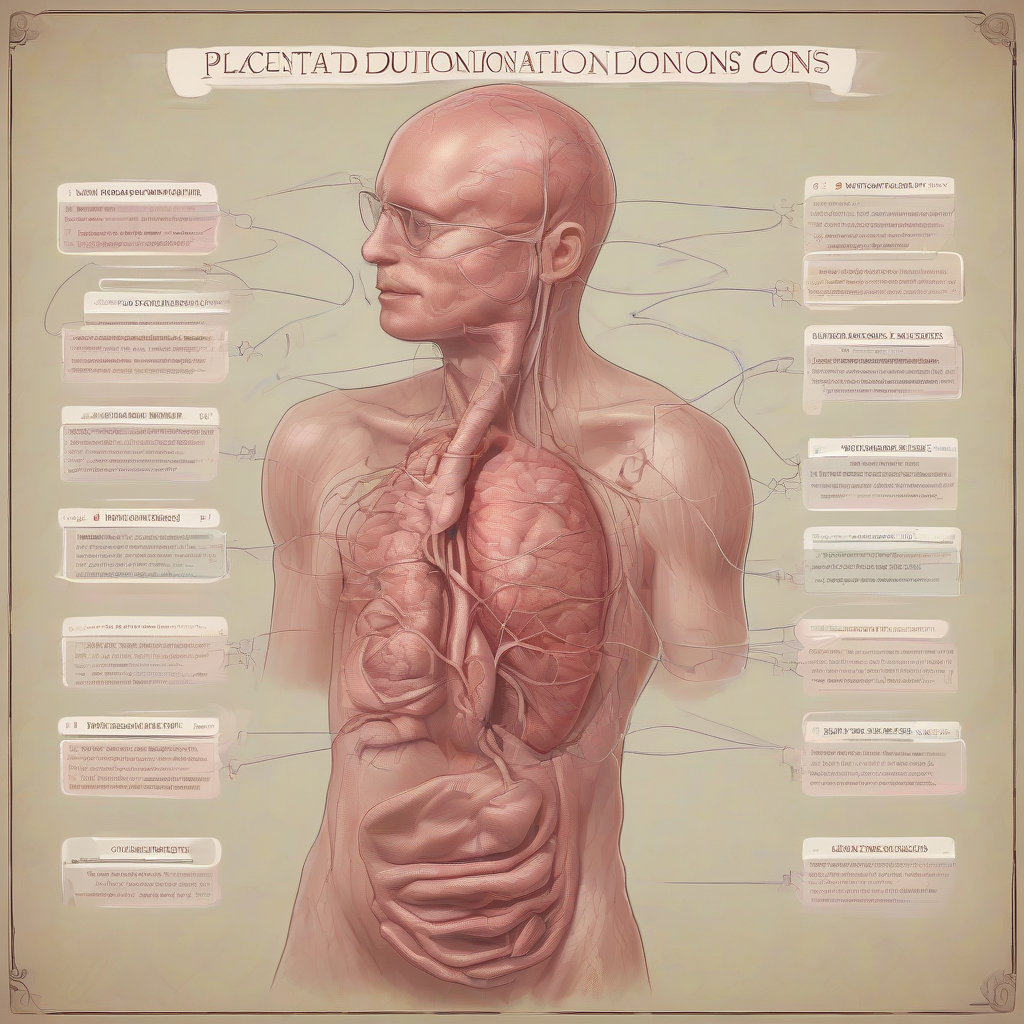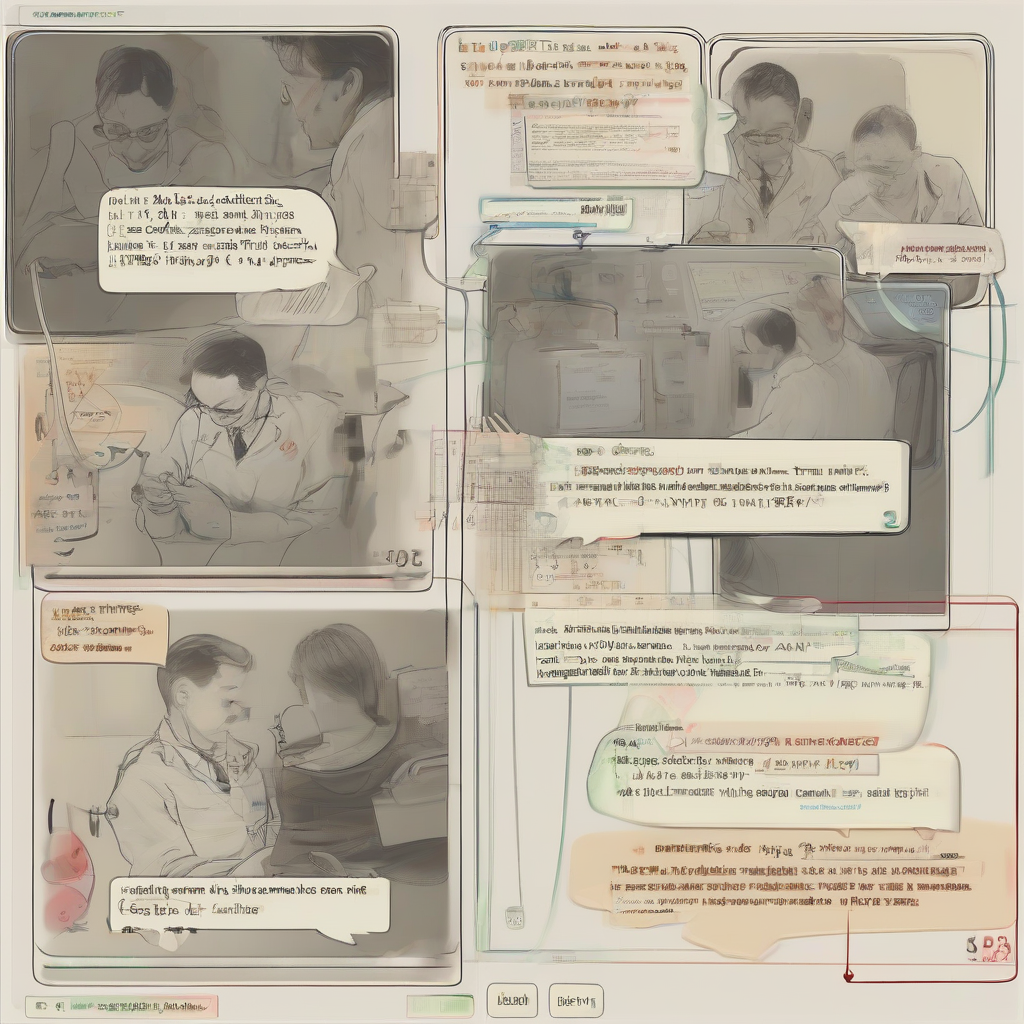Placenta Donation: Benefits, Risks, and Things to Consider
The placenta, often referred to as the “afterbirth,” is a vital organ that nourishes and supports a baby during pregnancy. After birth, the placenta is typically discarded, but it has recently gained attention as a potential source of valuable resources. Placenta donation, the act of giving the placenta to research, medical, or other uses, has emerged as a growing trend, with various benefits and considerations.
What is Placenta Donation?
Placenta donation involves the voluntary transfer of the placenta from a birthing parent to a designated recipient, such as a research institution, a bank for processing and storage, or a specific individual or family for personal use.
Placenta donation can take different forms, including:
- Research Donation: Donating the placenta for scientific studies investigating its potential therapeutic and medical applications.
- Tissue Banking: Contributing the placenta to a bank for processing and storage, where its components (such as stem cells) can be used for future research or medical treatments.
- Personal Use: Choosing to use the placenta for personal purposes, such as creating placenta capsules, tinctures, or other preparations believed to have health benefits.
Benefits of Placenta Donation
Medical and Research Advancements
Placenta donation plays a crucial role in advancing medical and scientific research. By providing valuable biological material, researchers can investigate the placenta’s potential for:
- Developing new treatments: Exploring the use of placental stem cells for treating diseases like diabetes, Parkinson’s disease, and spinal cord injuries.
- Understanding pregnancy complications: Studying the placenta’s role in conditions like preeclampsia, preterm birth, and fetal growth restriction.
- Improving prenatal care: Gaining insights into placental development and its impact on fetal health.
Therapeutic Potential
The placenta contains a rich source of bioactive compounds, including stem cells, growth factors, and hormones. These components have shown promise in various therapeutic applications:
- Wound healing: Accelerating wound healing and tissue regeneration.
- Inflammation reduction: Suppressing inflammation in conditions like arthritis and inflammatory bowel disease.
- Immune system modulation: Modulating the immune system to treat autoimmune disorders.
Personal Benefits
For some birthing parents, placenta donation provides a sense of fulfillment and purpose, knowing that their placenta is contributing to something meaningful. It can also offer a sense of closure after giving birth, as they are actively involved in the placenta’s journey after its role in pregnancy is complete.
Risks and Considerations of Placenta Donation
While placenta donation offers significant potential benefits, it’s essential to be aware of the risks and considerations associated with it.
Safety and Health Concerns
Ensuring the safety of both the donor and recipient is paramount. Placenta donation should be conducted under strict protocols to minimize the risk of transmission of infectious diseases. Potential risks include:
- Infectious disease transmission: Although rigorous screening procedures are in place, there remains a small risk of transmitting infectious agents like HIV, hepatitis B, and hepatitis C.
- Allergic reactions: The placenta contains various proteins that could trigger allergic reactions in the recipient.
- Ethical considerations: There are ethical concerns surrounding the use of placentas, particularly when it involves personal use, as scientific evidence supporting its therapeutic claims is limited.
Legal and Regulatory Issues
Placenta donation is a relatively new practice, and regulations vary across jurisdictions. It’s essential to understand the legal framework surrounding placenta donation and ensure compliance with all relevant laws and regulations.
- Consent and informed decision-making: Obtaining informed consent from the birthing parent is crucial, ensuring they understand the risks, benefits, and legal implications of donation.
- Privacy and confidentiality: Protecting the anonymity and privacy of donors is essential, particularly when donating to research or tissue banks.
- Ethical guidelines: Adhering to ethical guidelines for handling and using placentas, promoting responsible and ethical practices in placenta donation.
Cost and Accessibility
The cost of placenta donation can vary depending on the purpose and method of donation. In some cases, donation may involve costs for processing, storage, or transportation. Access to placenta donation services can also be limited in certain areas, creating disparities in availability.
Making Informed Decisions
Deciding whether or not to donate the placenta is a personal decision that should be made after careful consideration of the benefits, risks, and considerations discussed above.
Here are some questions to ask yourself before making a decision:
- What are my motivations for donating?
- What are the potential benefits and risks associated with donation?
- What are the legal and regulatory requirements in my area?
- What are my options for donating the placenta?
- What are my personal preferences regarding the use of my placenta?
It’s crucial to discuss placenta donation with your healthcare provider to obtain accurate information and guidance based on your individual circumstances.
Conclusion
Placenta donation offers significant potential for advancing medical research, developing new therapies, and promoting personal well-being. However, it’s essential to approach it with caution, understanding the risks, considerations, and legal framework surrounding it.
By making informed decisions, weighing the benefits and risks, and collaborating with qualified professionals, we can ensure that placenta donation is conducted safely and ethically, maximizing its potential for societal good.



